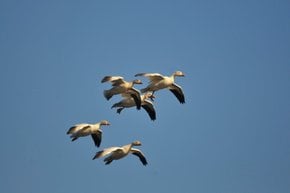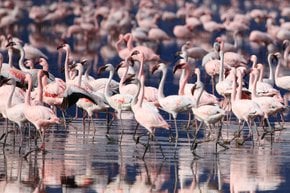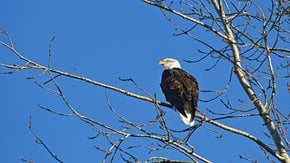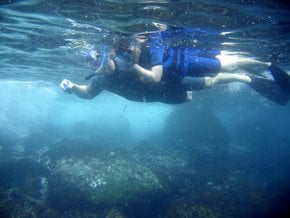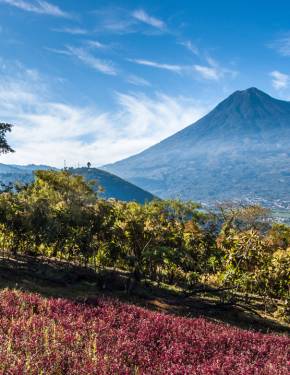Flightless Cormorant in Galapagos Islands 2026
Fernandina and Isabela are exclusive islands of the Galapagos where you can explore fascinating flightless cormorants
Best time: July–October
Galapagos Islands are a natural habitat for many unique fauna representatives, and flightless cormorant is no exception. This bird is very special as it is the only cormorant that has lost its ability to fly and can be found only on the Fernandina and Isabela Islands (this is why it is also called the Galapagos cormorant). The most interesting thing about them is the courtship process, which takes place in the water and features males and females swimming around each other with their necks bent into a snake-like position.
Nesting tends to take place during the coldest months (July-October), when marine food is at its most abundant and the risk of heat stress to the chicks is decreased.






























